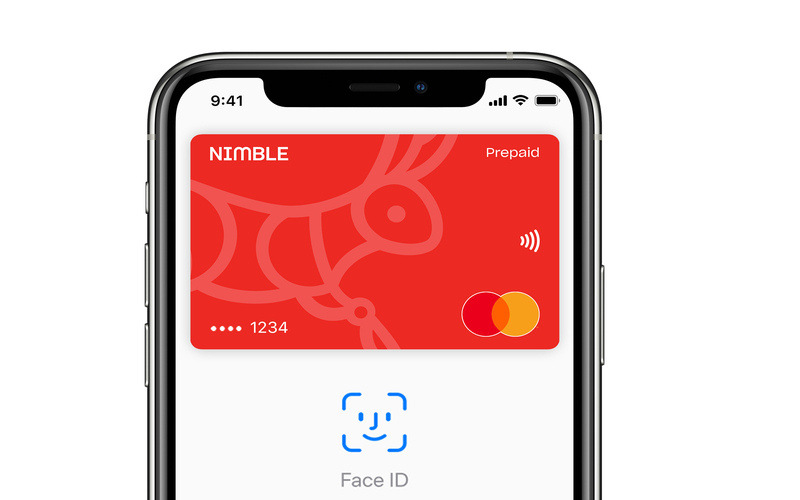Travel in and out of Australia all but ground to a halt in 2020 and for much of 2021. However, now it's looking like the 'post pandemic' era - spending is up, as is travel.
This has led to an uptick in remittances - foreign currency exchange, and sending money overseas.
The World Bank is predicting a 7.3% increase in remittances to low-and middle-income countries to reach $589 billion in 2021.
WorldRemit Asia-Pacific head of foreign exchange Edward Dovey says it's an important time to revisit where to get the best deals when sending money overseas or exchanging foreign currency.
"A good exchange rate is as close to the interbank rate as possible. You can find out what the current interbank rate is with a quick search online. And although you can't control the currency market, you can choose who you transfer or exchange your money with," Mr Dovey said.
For sending money overseas, Mr Dovey exchanged a few tips.
"Wire transfers can be slow - sometimes taking days to arrive with the recipient, and not all recipients want or can receive money in their bank account," he said.
"Online money transfer services ... tend to provide a quicker, more cost-effective way of transferring money overseas. A good online money transfer service will only make you pay a small fee and will offer a fair exchange rate, with any costs shown upfront."
And for travellers: "If you are planning on travelling ... you can avoid the low exchange rates provided by banks, airports, or currency exchange bureaus by using a money transfer service," Mr Dovey said.
"You can transfer money to your foreign bank account if you have one, or another popular option is to pick up cash from your money transfer service’s cash pickup agents while you're abroad."
Where's the money going?
World Bank data shows developing countries are big recipients of remittances.
Remittances to South Asia, including India, Nepal and Pakistan, grew around 8% to $159 billion in 2021.
Pakistan in particular had a bumper year, with growth at 26% and levels reaching $33 billion in 2021.
The World Bank also revealed South Asia had the lowest remittance costs in the world, generally speaking.
The average cost of sending $200 to the region fell to 4.6% in 2021.
In contrast, Sub-Saharan Africa is the most expensive in which to send money, with fees averaging 8%.
Still, remittance to the area grew 6.2% to $45 billion in 2021. Nigeria was the largest recipient.
Advertisement
In the market for a personal loan? The table below features unsecured personal loans with some of the lowest interest rates on the market.
Lender | |||||||||||||
|---|---|---|---|---|---|---|---|---|---|---|---|---|---|
| Fixed | Unsecured | N/A | More details | ||||||||||
| FEATUREDLoan amounts from $2k to $75k | Low Rate Personal Loan Unsecured (Excellent Credit)
| ||||||||||||
Low Rate Personal Loan Unsecured (Excellent Credit)
| |||||||||||||
| Fixed | Unsecured | N/A | N/A | More details | |||||||||
Unsecured Personal Loan (Excellent Credit) | |||||||||||||
| Fixed | Unsecured | N/A | N/A | More details | |||||||||
| NO ONGOING FEESAPPLY ONLINE | |||||||||||||
Unsecured Personal Loan (Excellent Credit) | |||||||||||||
| Variable | Unsecured | N/A | N/A | More details | |||||||||
Personal Loan | |||||||||||||

- Interest rates start at 14.95% and could be as high as 27.95% based on your personal circumstances and loan term
- Australian residents and citizens only
- Personal Loans from $3,000 to $25,000, with loan terms ranging from 25 - 48 months
- Terms, Conditions and Lending Criteria apply
Photo by John McArthur on Unsplash







 Brooke Cooper
Brooke Cooper


 Rachel Horan
Rachel Horan
 Jacob Cocciolone
Jacob Cocciolone

